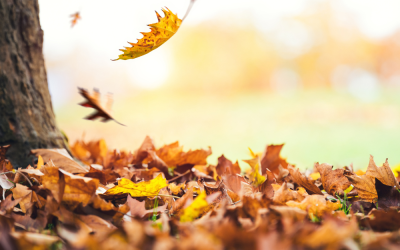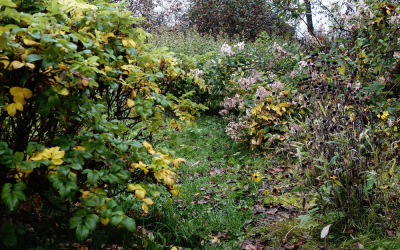Trees are majestic giants that grace our landscapes, offering shade, beauty, and even homes for wildlife. But like any living being, trees can fall ill. Recognising the signs of a diseased tree is crucial for both the tree’s health and the safety of your property.
What to Do if You Suspect a Diseased Tree
Don’t panic if you spot signs of tree disease – early detection is key so act promptly. First, identify the tree as that will narrow down the potential diseases and you can work out the best treatment.
Inspect the tree thoroughly for the source of the problem using the common signs listed below and then contact a professional tree surgeon to help confirm diagnosis and provide treatment recommendations.
Common Signs of a Diseased Tree
-
Leaf Changes:
- Discoloration: Uncharacteristic browning, yellowing, or spotting on leaves can signal fungal or bacterial infections.
- Wilting or drooping: Leaves that lose their plant tissue rigidity and appear limp could indicate root rot or dehydration.
- Premature defoliation: Losing leaves outside the normal fall season might be a sign of stress or disease, also.
-
Branch Dieback:
- – Dead or dying branches, especially at the crown, can be a symptom of various diseases or pest infestations.
-
Bark Abnormalities:
- – Cracks, splits, or holes in the bark can provide entry points for pathogens and pests.
- – Oozing sap or bleeding cankers are often indicative of internal damage or fungal infections.
-
Fungal Growth:
- – Mushrooms, molds, or conks growing on the trunk or branches are a clear sign of fungal activity.
-
Insect Infestations:
- – Visible insects, webbing, or frass (insect droppings) can indicate pest problems that can weaken the tree.
Treatment Options for Diseased Trees
Some treatments may include pruning to remove infected branches and help contain the disease to prevent further spread. It may need a funicide or insectiside applying which is best carried out by a professional.
Or it could need soil amendments to improve the drainage or provide better nutrients.
A last resort would be to remove the tree altogether if it is beyond help, dangerous or a rick to other trees on the property.
Read our blog on what to do to prevent tree disease throughout the seasons.



